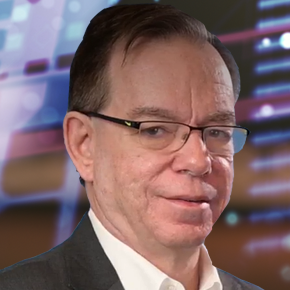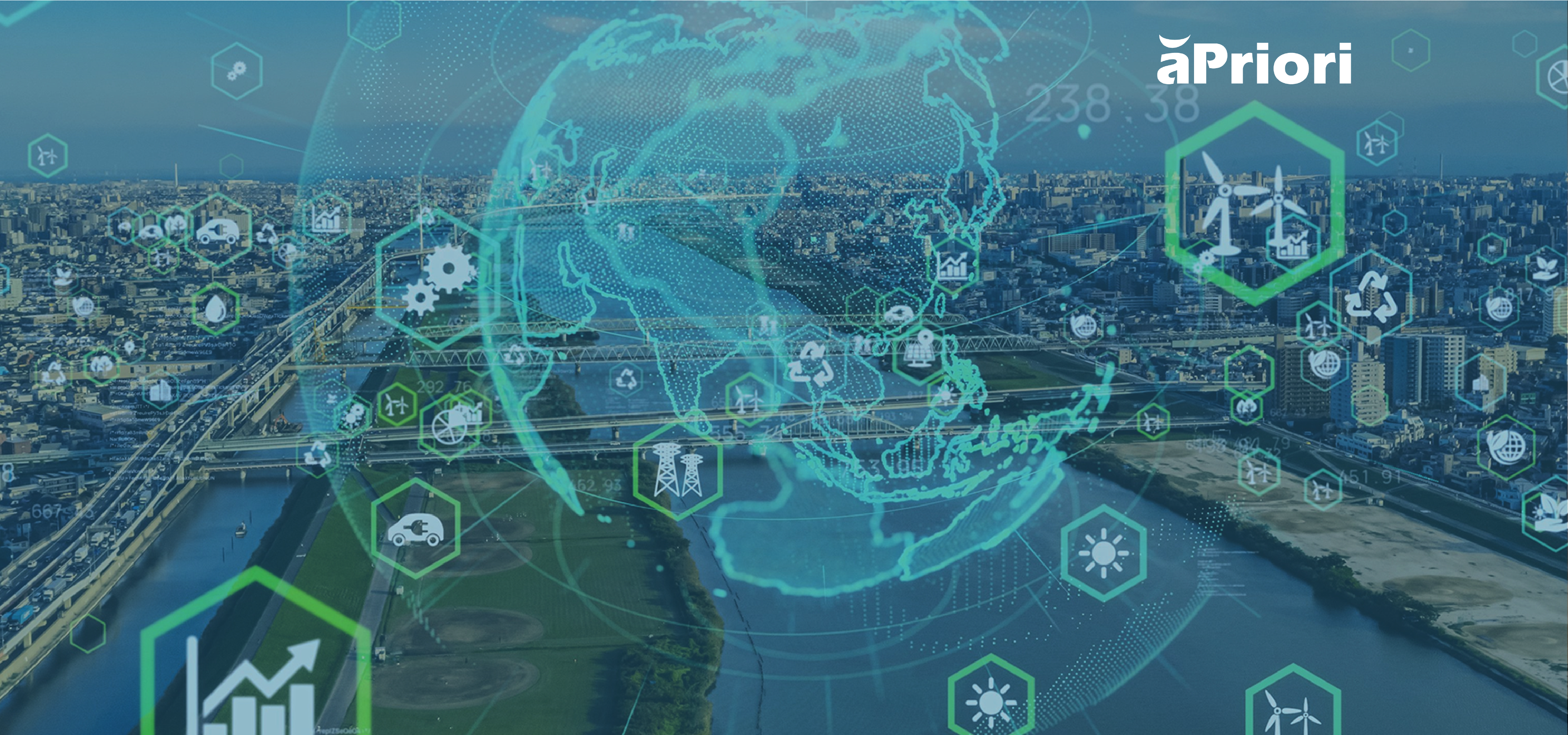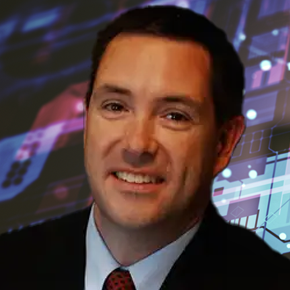April 13, 2023
Supply Chain Carbon Footprint

Transcript
Supply Chains Have a Carbon Footprint
When it comes to calculating a product’s carbon footprint, many executives feel like they’re flying blind, or rather, they have a huge blind spot in the shape of supply chain. According to today’s guest, ESG promises are easy, but real carbon calculations are not, especially when it comes to the carbon track in your supply chain. Real decarbonization initiatives must take into account both the direct emissions caused by extracting raw materials and turning them into consumer goods, and the indirect emissions that come from global supply chains. These are often called supply chain emissions, and they represent the total emissions of carbon dioxide produced by a product’s value chain.
To learn more about supply chain carbon and the initiatives that companies are taking to reduce greenhouse gas emissions up and down the value chain, I spoke to Mark Reisig. Mark is an Executive Consultant with CIMdata, where he heads up their green energy practice. He has helped countless companies benchmark their carbon emissions. I spoke to Mark Reisig about the work he’s doing helping industrial companies find emissions reductions in their product lifecycle, and I asked him what initiatives are making the biggest impact on reducing the carbon intensity of his clients’ supply chains.
As you listen to our conversation, I hope you’ll be asking yourself: does my company have a blind spot when it comes to CO2 emissions? And if so, how can you get metrics on what you can’t currently see? In the near future, we’re going to be talking a lot more about carbon accounting as a way to reduce the climate impact of manufacturing, and I think this podcast will give you a taste of what’s coming in the latest methodologies for sustainable procurement. Here’s my conversation with Mark Reisig.
Leah Archibald: When we think about green economy, there are the products, and then there are the processes. There are the actual raw materials that we’re using, and whether there’s reuse of those materials throughout the product lifecycle. And then there are the processes. And to make those more sustainable, maybe you’re seeking out renewable energy sources, maybe switching to natural gas or solar power or wind power in your own operations. Do you feel that one is more important for the manufacturer? Or do they really have to go together?
Mark Reisig: Both products and processes are emissions factors, but they have to go together if you’re looking to get to net zero. In the short term, you’ll see people focus on carbon footprint of the materials involved. But really it’s the process – the CO2 emissions involved in manufacturing, and then the carbon footprint of procurement of parts from different locations, and shipping product across global supply chains. So it’s both operational as well as the material.
ESG Fails Without Baseline Emissions Data
Leah Archibald: When you do consulting, I imagine you dive deep into a single company’s challenge in reducing their greenhouse gas emissions. What is the biggest surprise that you encounter? What is it that executives think they know, but they don’t really know?
Mark Reisig: Well, I don’t know that I’m surprised by this, but the stakeholders often don’t know what their carbon footprint of their products are. They produce ESG reports, so in theory they should know. But they don’t have real emissions data.
Leah Archibald: They don’t have a baseline.
Mark Reisig: Correct.
Leah Archibald: So what data sources do they need? How do you get them to a baseline?
Mark Reisig: Well, you need to start collecting emissions data for both the direct emissions and the indirect emissions. aPriori is certainly helping people do this with their sustainability software — adding carbon emissions projections alongside the cost projection. That allows designers from the very beginning to be able to make correct decisions on decarbonization. Roughly 80% of all the greenhouse gas emissions that come from their products is determined in the design phase. They’re making those decisions early on, and the more tools they have that can help them with that, the more they can involve stakeholders across the product lifecycle to reduce the environmental impact whether it’s sourcing and procurement, manufacturing, or operations.
Leah Archibald: What percent of companies would you say are doing that today?
Mark Reisig: It’s not a high percentage. The companies that do the best job are the companies at emissions reductions are the OEMs involved in renewables – either that make equipment in the energy sector or automotive going to EV. They understand some of the challenges, so they are typically involved in switching energy to renewables. Also the cloud providers: Google and Amazon and Microsofts. They understand that at their data centers, that’s where all their carbon is. So they can take real climate action by reducing the CO2 equivalent emissions of their data centers.
Global Disruptions Threaten Climate Change Initiatives
Leah Archibald: The past year seen many disruptions in terms of geopolitical instability, global pandemic, raw materials price fluctuations. I wonder if that has made manufacturers more aware of the threats to their supply chain. Has it been a wake up call for a lot of executives?
Mark Reisig: Absolutely a wake up call. You need to be more resilient. You need to have more flexibility in your supply chain. Clearly, you can’t be dependent on, say, Russian oil. The energy crisis, from the war in Ukraine is a complete wake up call to any manufacturer. You just can’t be looking at one low-cost provider. You have to be able to have insight into your multi-tiered supply chain and be able to shift because you don’t know what’s going to happen tomorrow.
Leah Archibald: What do you predict is going to be the biggest challenge for manufacturers across allindustries?
Mark Reisig: The biggest challenge is probably going to continue to be the supply chain and diving deeper into the carbon footprint of their products throughout the lifecycle. Probably 90% of the value chain emissions come from the supply chain. So as they switch to new suppliers, the ability to benchmark carbon in their supply chain will make a big difference.
Leah Archibald: You mean 90% of the climate impact is out of their hands?
Mark Reisig: Correct.
Leah Archibald: It’s not coming from their own operations? It’s elsewhere in the supply chain?
Mark Reisig: Absolutely. Getting a handle on that is really gonna be the clincher for the next year.
Leah Archibald: We’re looking forward to seeing it. Thank you so much for talking to us this morning.
Mark Reisig: Thank you.








